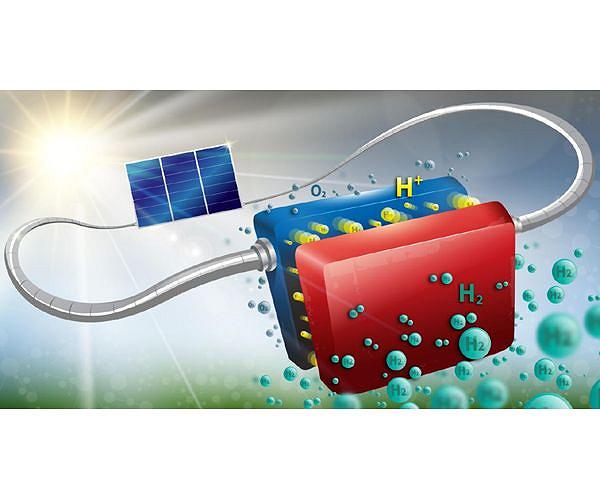UCF researcher receives $3.8 million grant to develop solar energy storage system
Solar power can be plentiful in Florida’s hot and muggy climate, but can be intermittent in bad weather and inconsistent during the night or during peak usage.
To keep the power grid reliable, UCF Department of Mechanical and Aerospace Engineering associate professor Like Li is developing a new energy storage system that can reserve solar energy for future use. The project is supported by a three-year, $3.8 million grant from the U.S. Department of Energy’s Solar Energy Technologies Office.
“The goal is to contribute to the global clean energy transition and achieve net-zero carbon emissions by 2050,” Li said. “To achieve that goal, significant efforts are being made to use renewable energy to decarbonize the electrical grid and various industrial processes.”
Li will work with engineers from Sandia National Laboratories, Oregon State University, the University of Houston and Redoxblox, a startup specializing in low-emission energy storage units. Together they will develop a thermochemical energy storage system (TCES), which uses chemical reactions to absorb or release heat for the respective charge and discharge steps.
The high temperature heat for the charging step will come from the concentrating solar thermal energy (CSP). It can also be charged by electric ovens powered by any type of renewable energy, such as solar panels or wind energy. A TCES system can store a large amount of energy at very high temperatures for less money, making it economical. The high temperature heat released during discharging can be used to drive high-efficiency power cycles or as process heat for a wide range of industrial processes.
Li and his team used computational modeling and laboratory-scale reactor testing to design a solar receiver and a chemical reactor. Once the parts are manufactured, Sandia will conduct demos using sunlight and a solar oven.
“These demos are important because the technology is new,” Li says. “Most TCES reactors are on laboratory scale. Our goal is to demonstrate an integrated TCES system coupled with CSP under real conditions.”
The demos are also important for the postdocs and students in Li’s lab, who will have the opportunity to travel to Sandia to assist with testing. He says this is a great opportunity for them to work with industry professionals, gain research experience and potentially find future job opportunities.
The work could also benefit Orlando companies with a vested interest in thermal energy storage, such as Siemens or Duke Energy.
“This is a crucial moment in history to redefine a cost-effective energy storage system to achieve CO2 emissions,” says Li. “If we can demonstrate that capability, we can apply our research and demos and attract attention that could lead to fruitful collaborations in the future, especially as we scale up those energy storage systems.”


